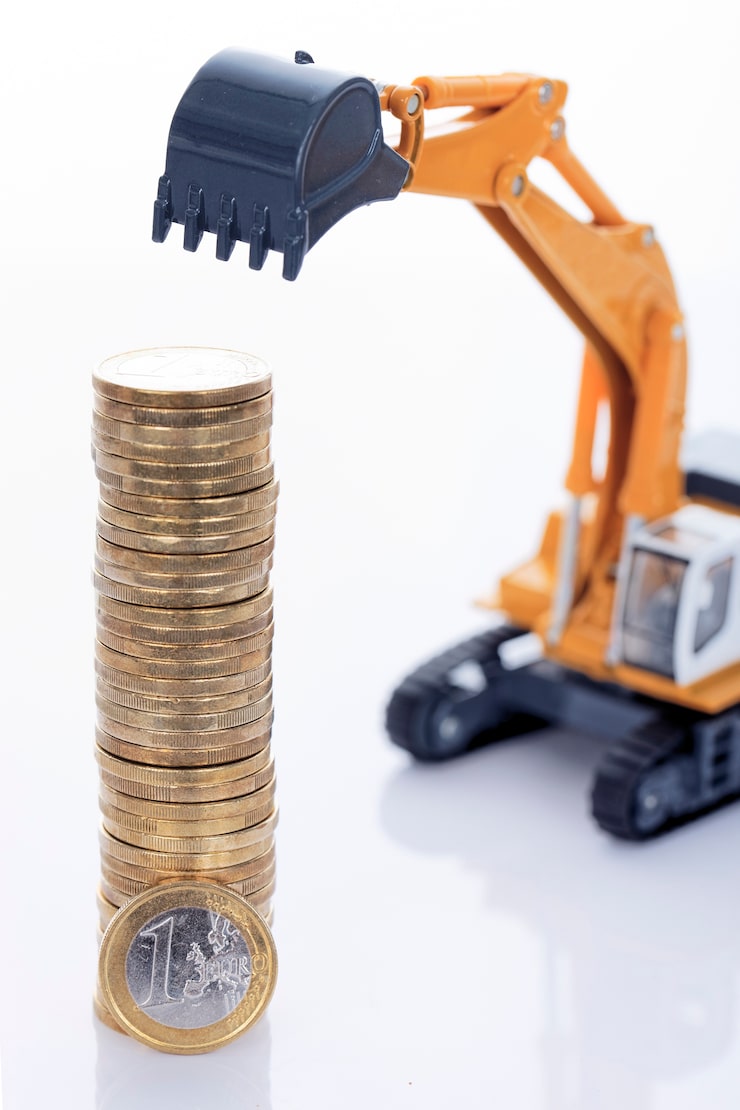Capital Equipment: The Real Workhorse Behind Any Business
Let’s get real—no matter how brilliant your people are or how much “disruption” you’re aiming for, you’re not getting far without some solid gear backing you up. I mean, try running a modern business on vibes alone. Good luck. That’s where capital equipment comes in. We’re talking about the big-ticket stuff: machines, tech, furniture, whatever keeps the wheels turning day in and day out.
So, What’s Capital Equipment?
Alright, so capital equipment isn’t just a fancy buzzword managers throw around to sound important. It’s basically the sturdy, long-lasting stuff you buy for your business—stuff that’s supposed to stick around for years, not just get used up and tossed after a week. Think factory robots, MRI machines, or even that overpriced ergonomic chair in accounting. You don’t buy this stuff to flip it on Craigslist; you buy it to actually do the job.
Picture a factory floor: conveyor belts, massive presses, robotic arms waving around like they’re at a techno concert—yep, that’s capital equipment. Hospitals? MRI scanners, those blinking monitors, surgical gear. Even offices need their arsenal: computers, servers, coffee machines that never work right. All of it counts.
Why Should You Even Care?
Let’s not kid ourselves—without the right Capital Equipment, your business is basically limping along, hoping nothing explodes. Here’s the deal:
- Keeps the lights on: No gear, no business. Simple as that. Construction companies need cranes and diggers; hospitals need fancy scanners. You get the point.
- Boosts output: Better machines mean you can crank out more with less drama.
- It’s an investment: Sure, coughing up cash for new equipment stings, but it pays off. These things earn their keep over years.
- Stay ahead: New tech means you don’t get left in the dust by someone with shinier toys.

Different Strokes for Different Folks
Every industry’s got its own “must-have” gear:
- Manufacturing: CNCs, robots, conveyor belts. Basically, stuff that looks like it belongs in a Transformers movie.
- Healthcare: Ultrasounds, monitors, surgical gadgets.
- Construction: Bulldozers, cranes, mixers, scaffolding. (Hard hats not included, but probably necessary.)
- IT: Big servers, networking hardware, specialty computers.
- Retail & Hospitality: Kitchen gear, POS systems, display cases, those industrial fridges that could hide a small car.
Why Drop Big Bucks on This Stuff?
Here’s the upside:
- Gets things done faster: New machines = less time wasted.
- Saves money long-term: Buy once, use forever (well, almost).
- Happy workers: If your tools don’t suck, people actually get stuff done.
- Ready to scale: When your business blows up (in a good way), your equipment can keep up.
- Safer workplace: Old gear breaks, new gear doesn’t—at least, not as often.
Okay, But What’s the Catch?
It’s not all rainbows:
- Price tags are scary: This isn’t a dollar store run.
- Maintenance is a pain: You’ve gotta keep this stuff running or deal with the fallout.
- Value drops: Everything gets old. Sad, but true.
- Tech moves fast: Today’s hot new thing is tomorrow’s dusty relic.
How Not to Screw It Up?
If you want to actually get your money’s worth:
- Do the upkeep: Seriously, don’t skip maintenance.
- Train your crew: Don’t just hand over the keys and hope for the best.
- Keep tabs: Use software to track what’s working and what’s not.
- Plan ahead: Budget for replacements and upgrades. Surprises suck.
Bottom line
Capital equipment isn’t just “stuff”—it’s the guts of your business. Whether you’re making widgets, healing people, or slinging lattes, you need the right gear to keep things running smooth. Drop some cash, treat your equipment right, and it’ll pay you back with years of (mostly) loyal service. Ignore it, and, well… good luck with that.
